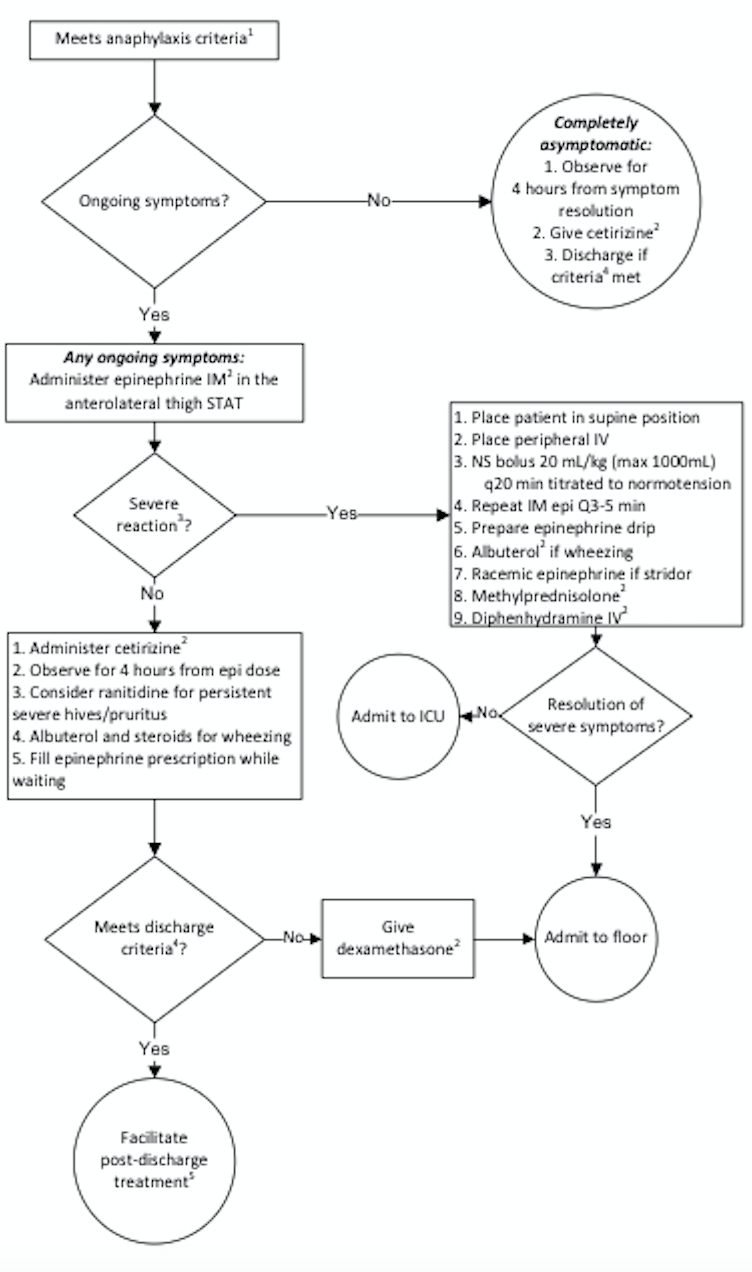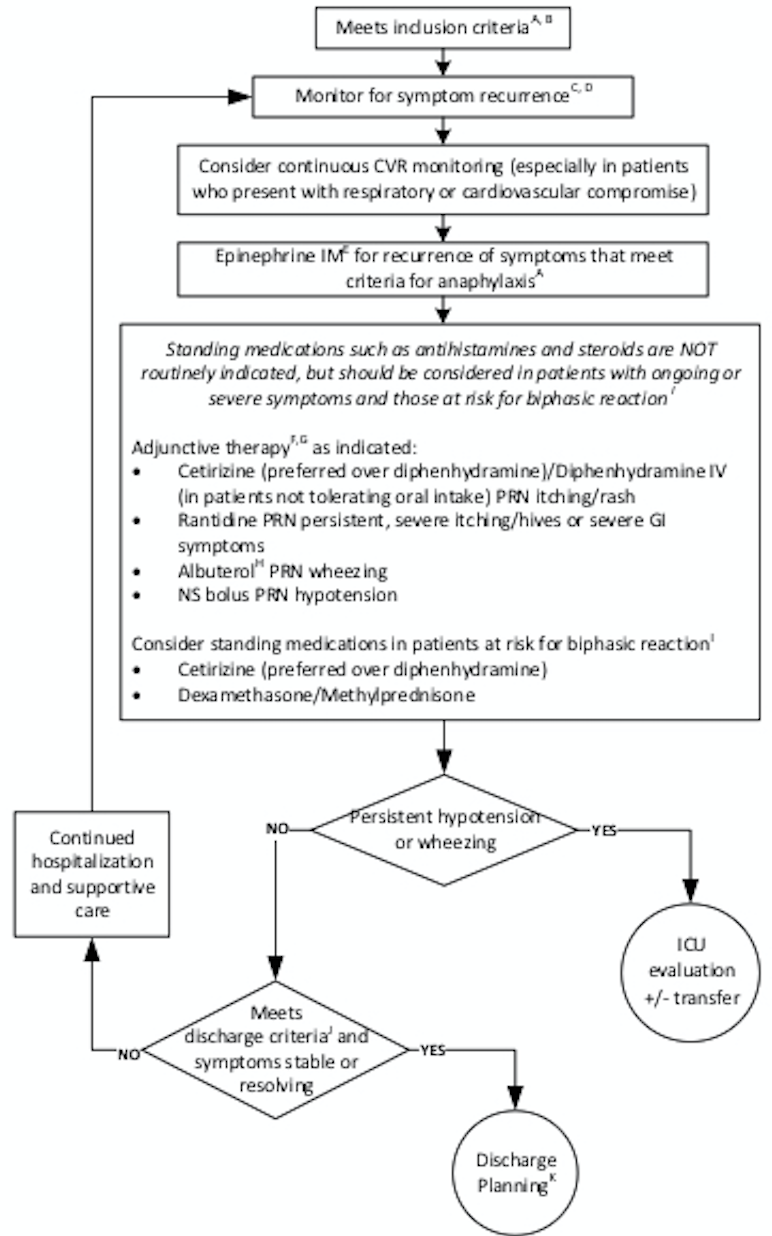4.3 Primary Immunodeficiencies
4.3.1 Pathophysiology
- Genetic defects in the adaptive (B- or T-cell) or innate (phagocytes, complement) immune systems lead to recurrent infections
- Over 200 distinct disorders: B cell defects (65%), combined B and T cell deficiencies (15%), phagocytic disorders (10%), T cell deficiencies (5%), and complement deficiencies/others (5%)
4.3.2 Epidemiology
The overall incidence is 1:10000, and overall prevalence is 1:2000.
Clinical Can be nonspecific and broad
Constitutional: Poor growth, failure to thrive
GI: chronic diarrhea.
Derm: Atopic and non-atopic dermatitis, severe diaper rash, neonatal rash, anhydrosis, as well as delayed separation of the umbilical cord (LAD)
Immuno: Recurrent infections, autoimmunity Family history of consanguinity or family history of immunodeficiency or unexplained childhood deaths puts a child at higher risk of having or developing a primary immunodeficiency
4.3.3 Physical Exam
Vital signs: Growth parameters
General exam: Note dysmorphisms, including teeth and hair (abnormal in NEMO). Look for infectious sources (sinusitis, otitis, pneumonia, thrush, diaper rash)
HEENT exam: Note tonsils (absent in XLA) and examine for thrush and other signs of infection such as sinusitis or recurrent otitis media
CV exam: Note any cardiac anomalies including heart sounds, pulses, perfusion, and overall volume status as cardiac anomalies can be a part of certain syndromes associated w/ immunodeficiency syndromes (e.g.: DiGeorge Syndrome)
Respiratory: Note symmetry of lung exam, quality of air entry, and lung sounds as pulmonary anomalies may be a manifestation of immunodeficiency syndromes
GI: A thorough GI exam including abdominal exam for elements like hepatosplenomegaly and rectal exam for possible anal atresia is important
GU: Primary immunodeficiencies can also lead to GU anomalies; assess for absence/presence of appropriate male/female organs in the correct number
Derm exam: Skin exam for eczema/dermatitis (i.e. WAS, SCID, hyper IgE syndrome) as well as erythroderma (Omenn Syndrome). Note telangiectasia (AT), warts, granulomas, poor wound healing or ulcers
Neuro: A thorough neuro exam may also hint at the etiology of an immunodeficiency (ataxia-telangiectasia), an infection such as meningitis, or may help elucidate an alternate cause of symptoms
4.3.4 Diagnosis
Initial labs: CBC w/ differential (note especially lymphopenia), chem7, albumin, urinalysis, ESR, CRP, quantitative immunoglobulins (IgG, IgA, IgM, IgE), specific vaccine antibody studies (tetanus, HiB, pneumococcal).
Follow-up labs: HIV testing. B- and T-cell subset, complement screening (C3, C4, AH50, CH50), vaccine challenge (administer pneumococcal or other vaccine and measure titers 4-6 weeks later), Dihydrorhodamine (DHR) assay (CGD). Leukocyte adhesion defect testing (LAD).
Advanced lab analysis: T cell proliferation studies (mitogen, antigen), T and B cell memory panels, NK cell function assays, Toll-like receptor assays. Immunodeficiency genetic panel. Whole exome or whole genome sequencing.
4.3.5 Treatment
Varies widely based upon the deficiency. Common therapies include prophylactic antibiotics, IVIG, bone marrow transplant.

